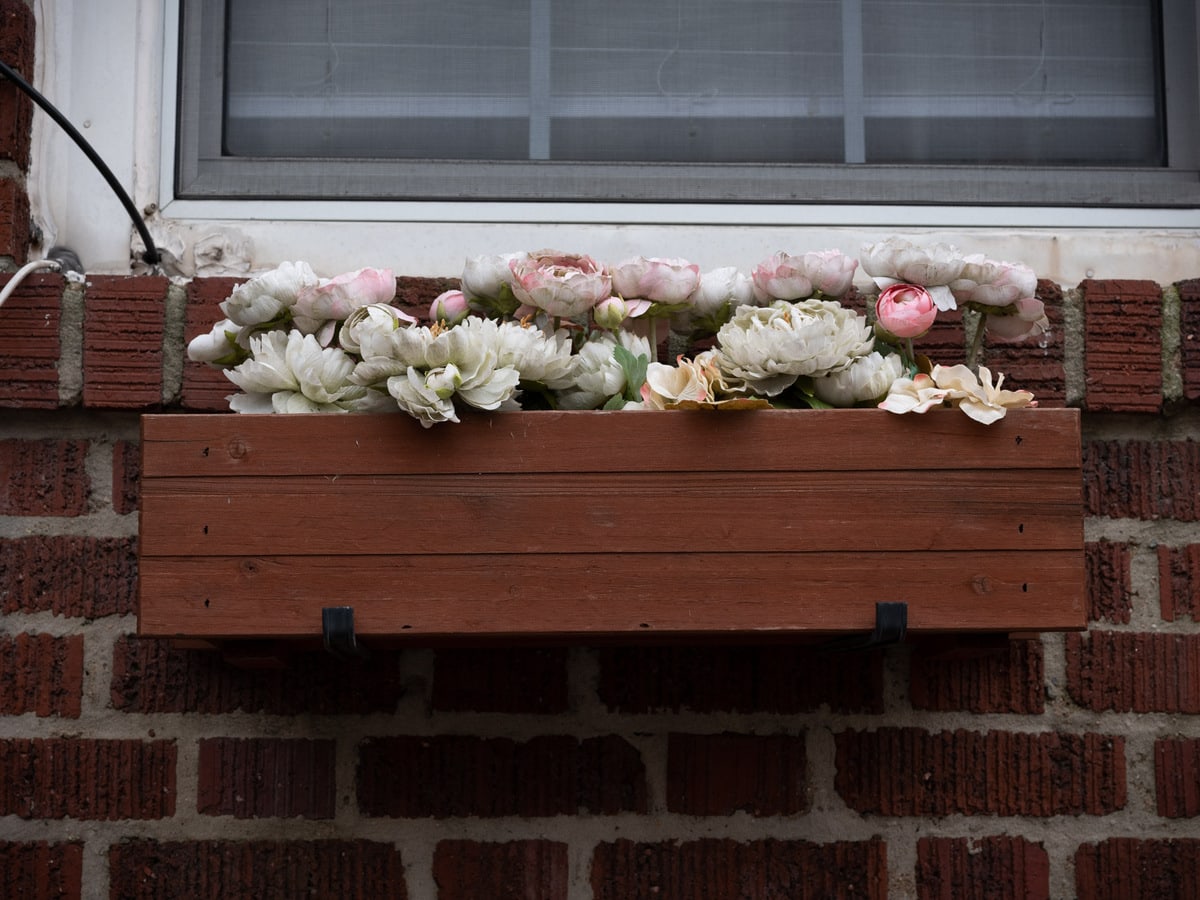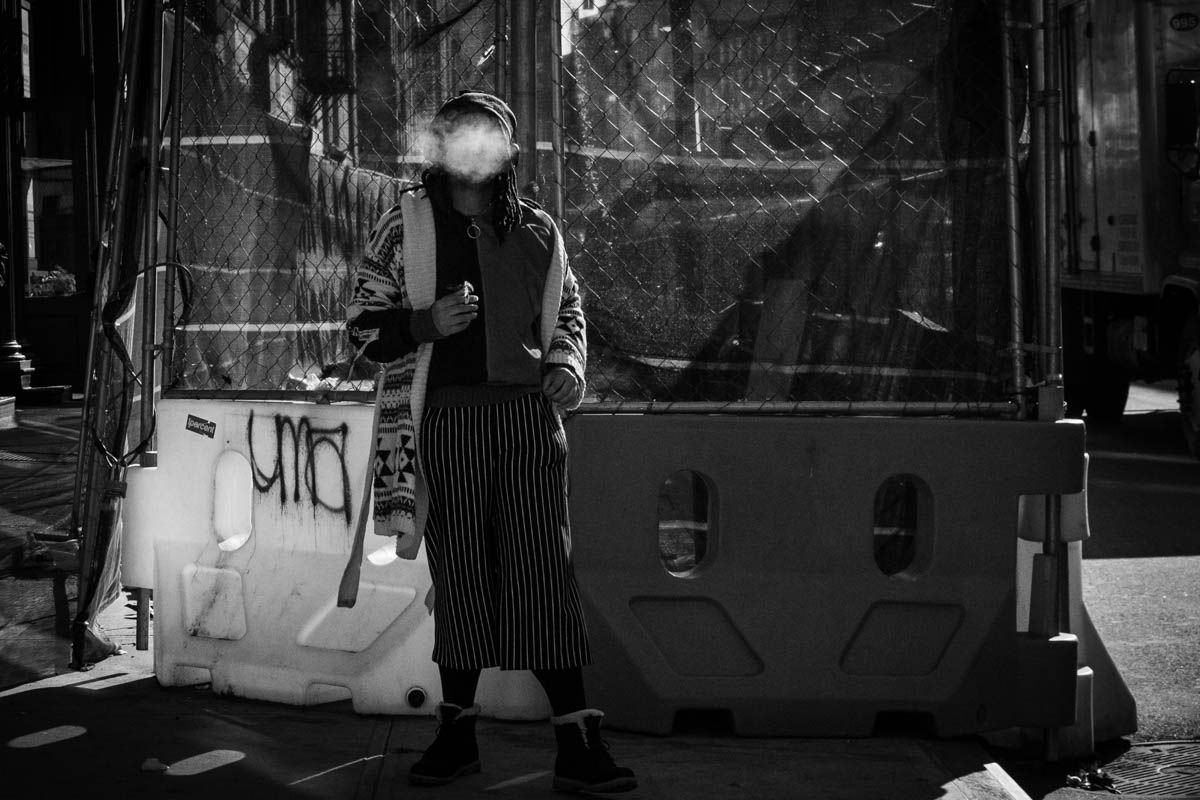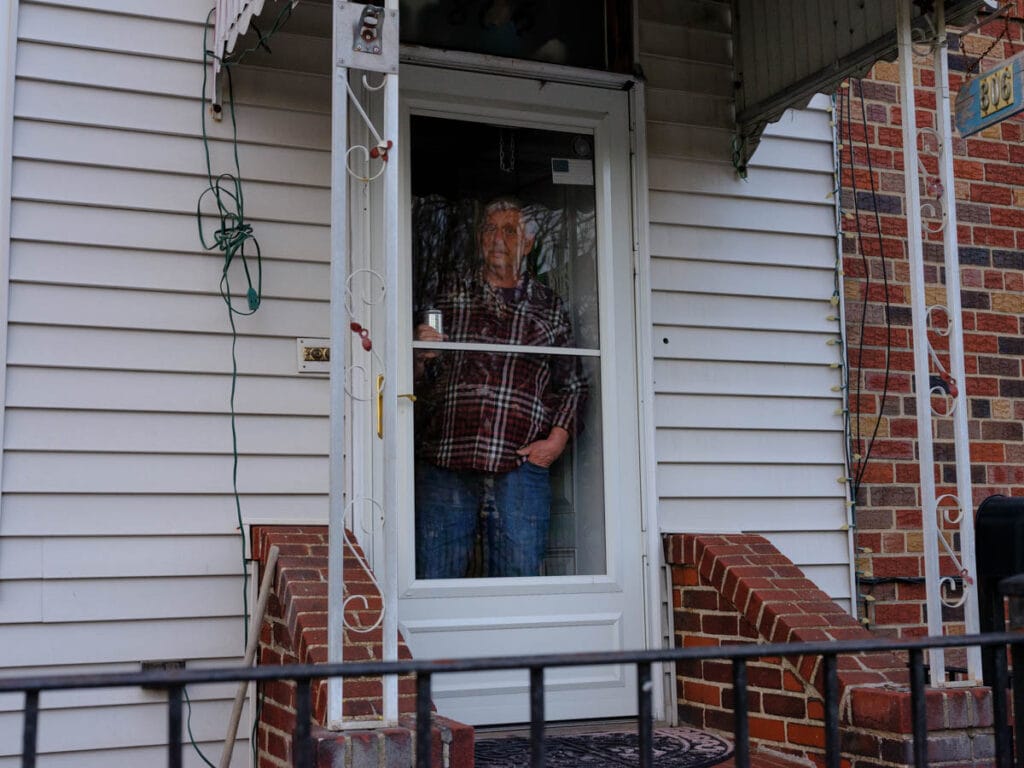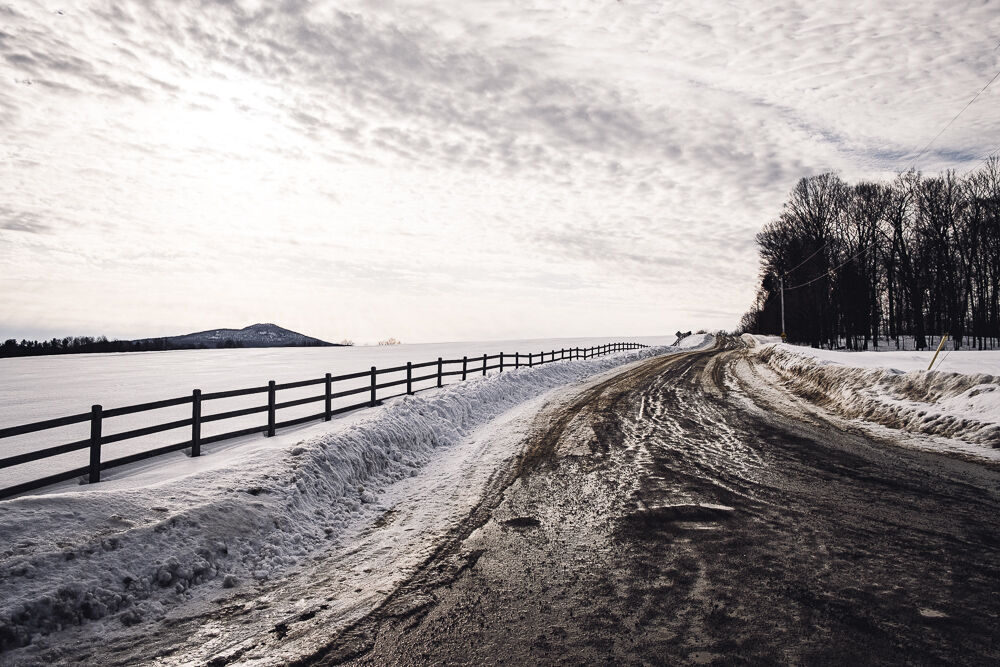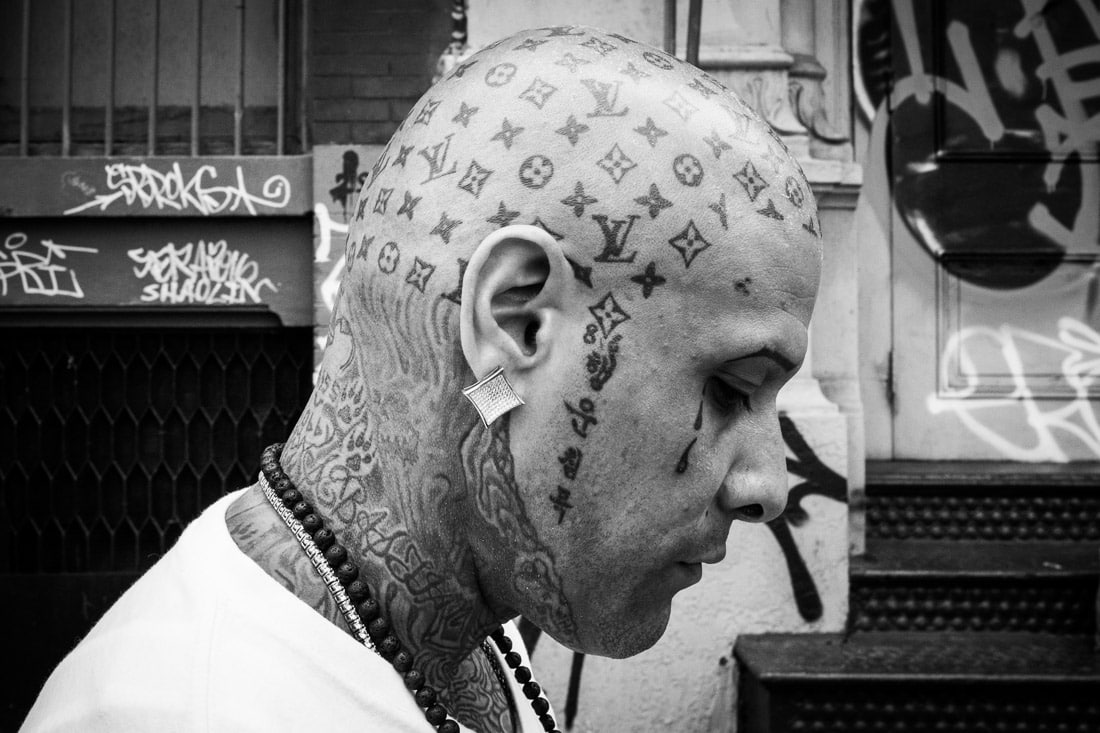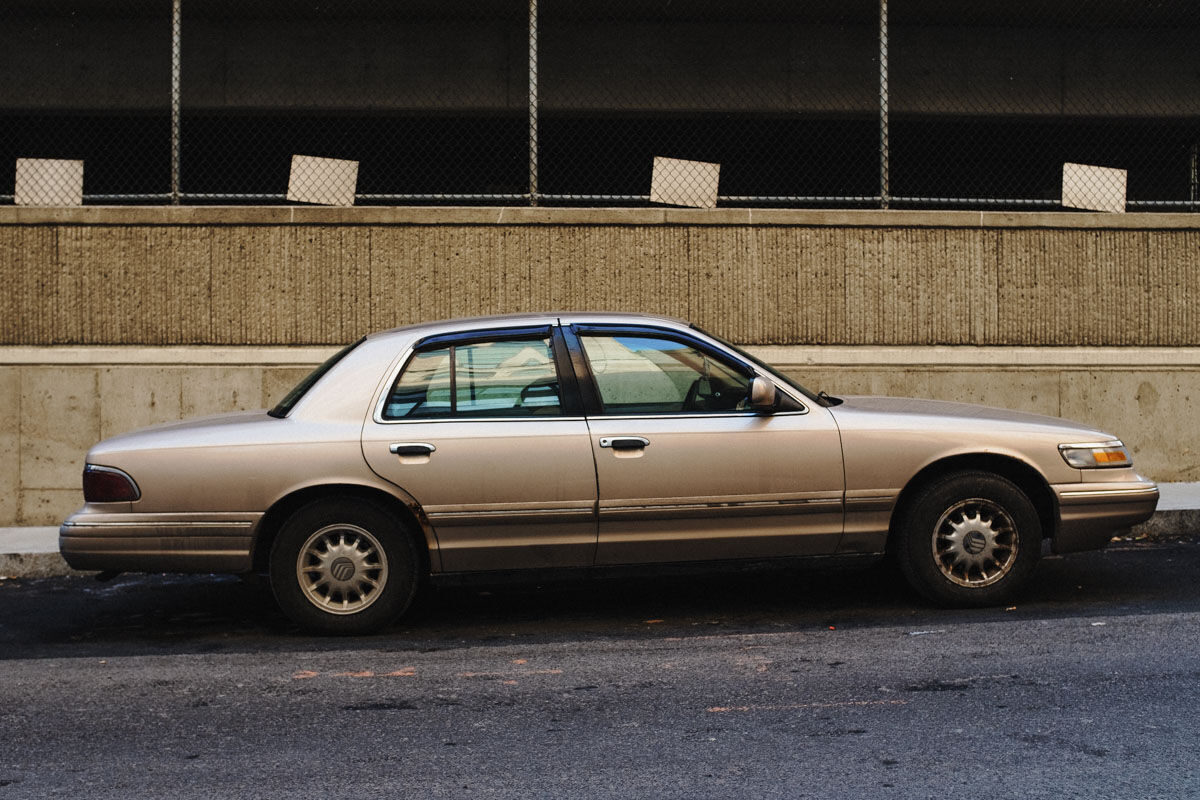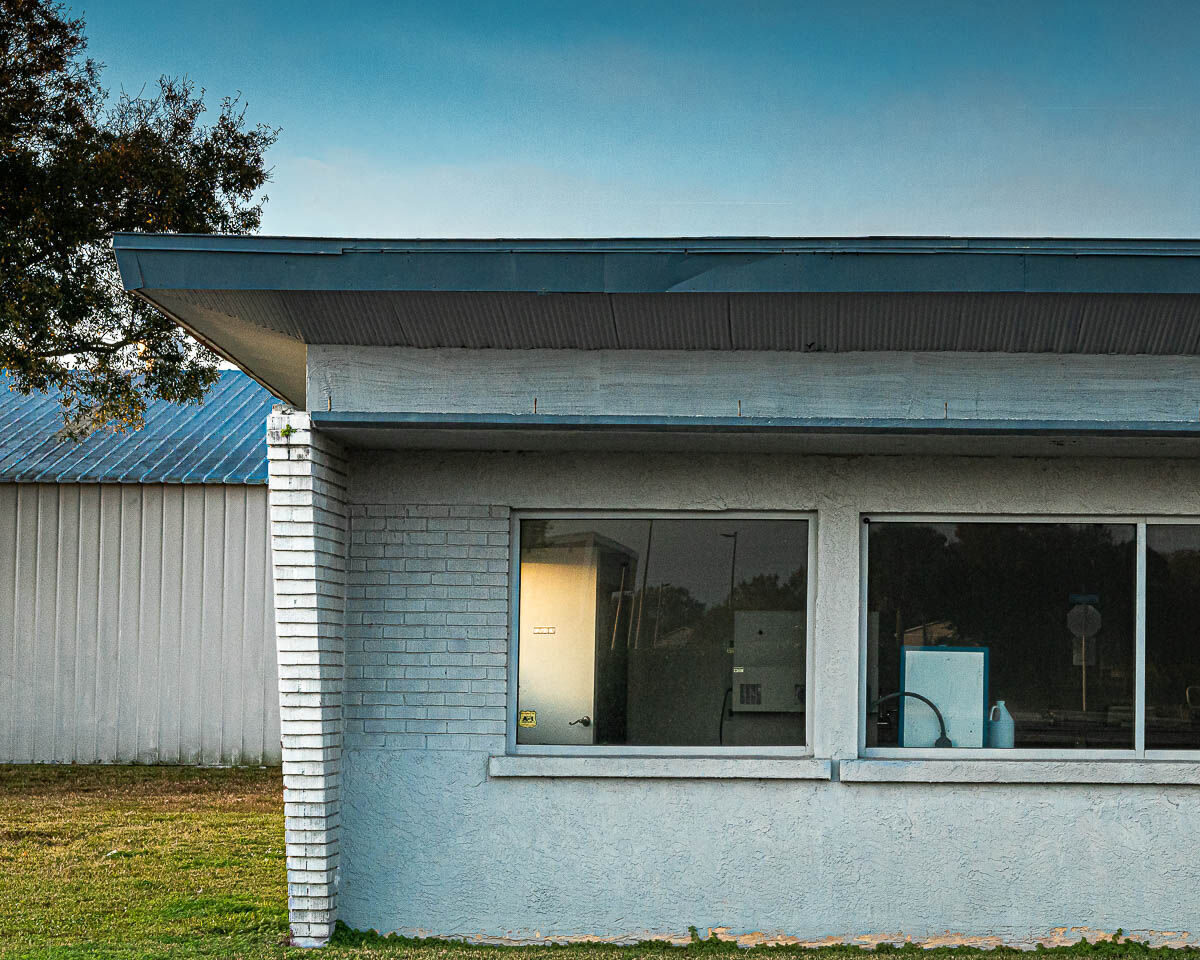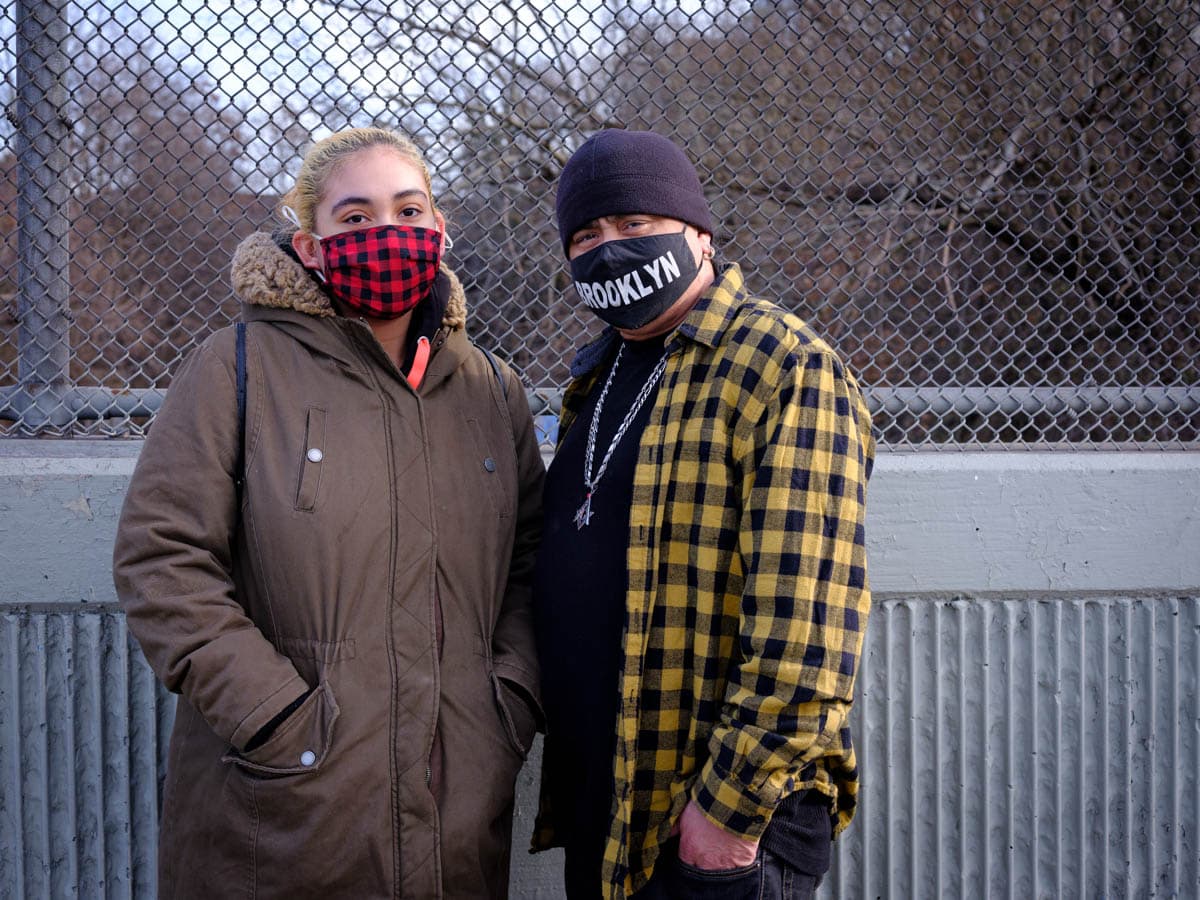I want to give a warm welcome to all the new members who signed up recently!
Keep in mind that people are still signing up and getting up to speed and so it usually takes a week or so for a new group to get going.
If you have any questions, feel free to message me through the site or email me at [email protected] at any time.
This week’s post is going to be a refresher and we’ll get back to the more interesting stuff next week.
After you’ve watched the introduction videos, please make sure to share some photos / introduce yourself in your group and to scroll through to check out your group members posts.
And make sure you understand the difference between how to post a group album and a personal album – that is the biggest early issue that some members have.
As I’ve mentioned about 5,000 times and I will mention 5,000 more, commenting and engaging with the work of your group members is the most important aspect of this site, so please read the Commenting & Critiquing Guide.
Tough critiques can take some time to bring out in people as the group gets to know each other. But please don’t be shy in giving (or asking for them) – we all want to hear what you really think!
We’d love to see your old work and which photos you’ve taken that you’re excited about – feel free to share that at any time.
But we also want to see new photos from where you live – the places, the people (candids or portraits), the weird quirky things, the normal stuff that we take for granted, the boring or ugly stuff. Give us a feel for what the place is like.
This Salon is ultimately about pushing you to create new work.
Next week’s post will be all about photographing Close to Home, which I’m excited for.
There’s a lot of content on the site already to go through, so here’s what I recommend most:
- Photographing Close to Home
- Street Photography in Quiet Places
- Talking About Photographs
- Anxiety
- Dreamlike Challenge #1
- Building a Cohesive Vision
- Video Class: An Introduction to Street Photography, From Beginner to Advanced Topics (75 Minutes)
- Video Class: Editing and Putting Together a Portfolio in Street Photography (3.5 Hours)


